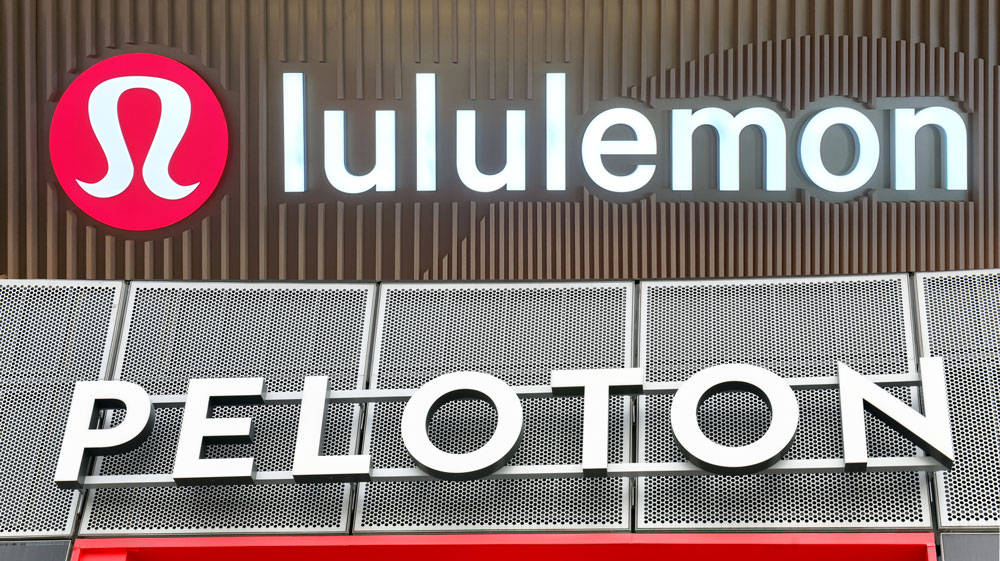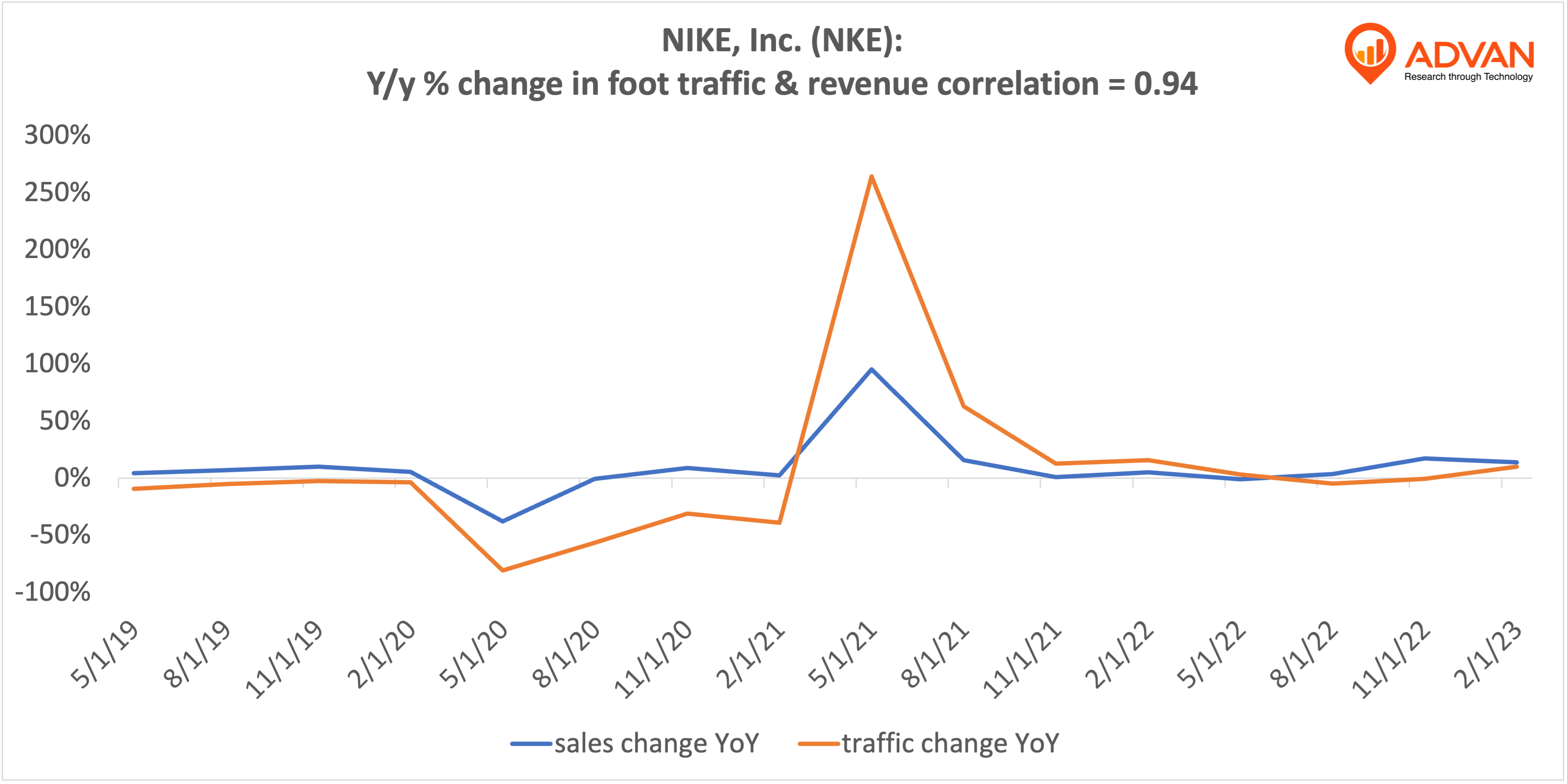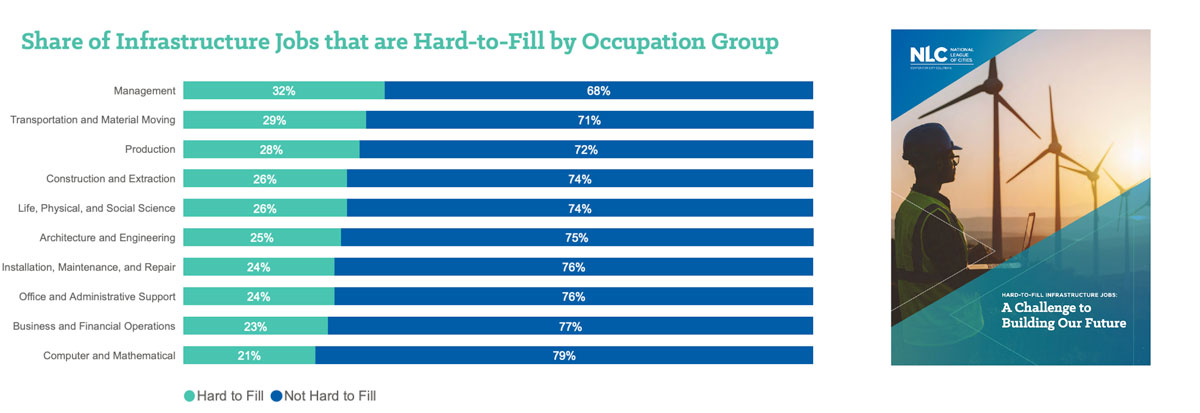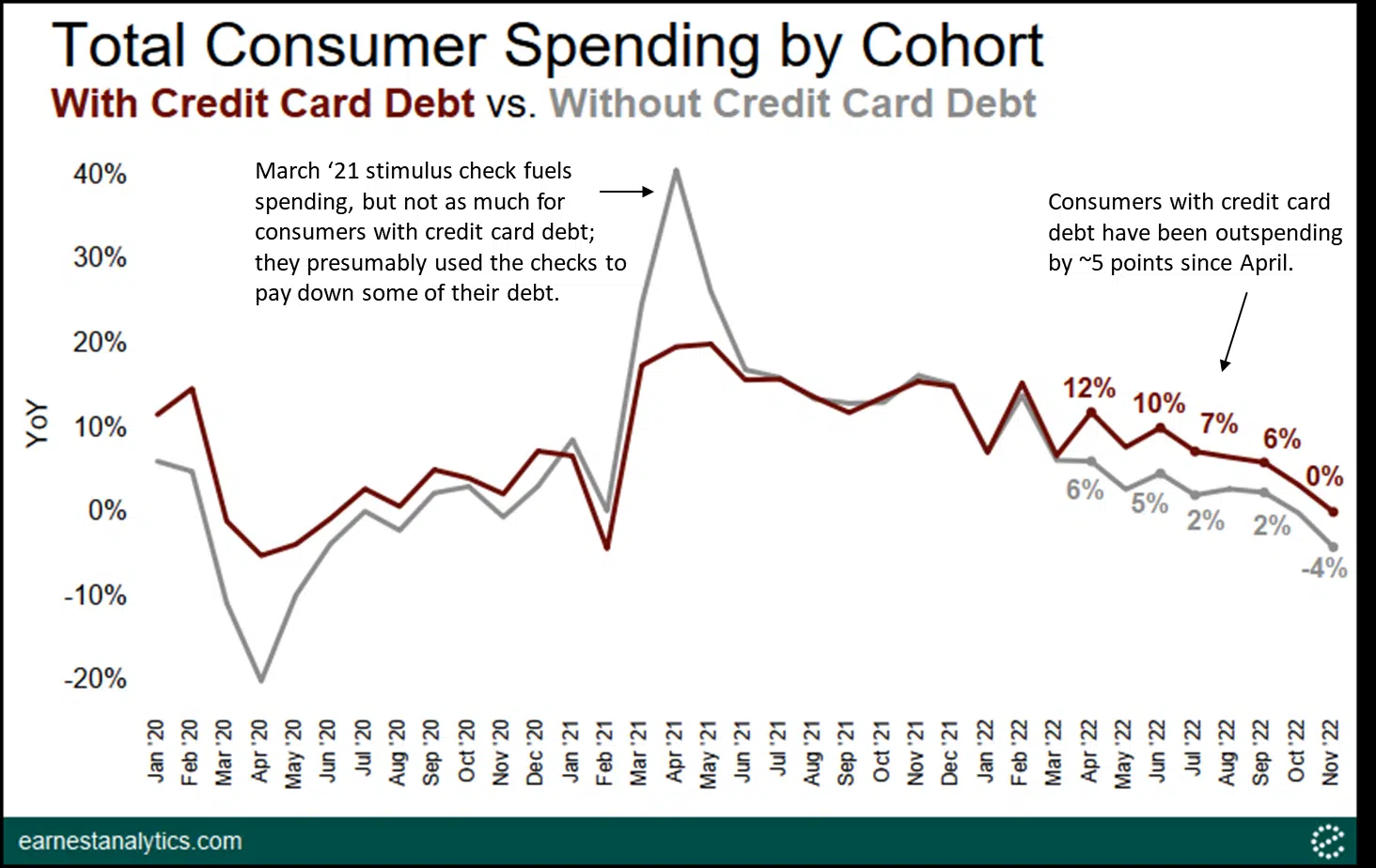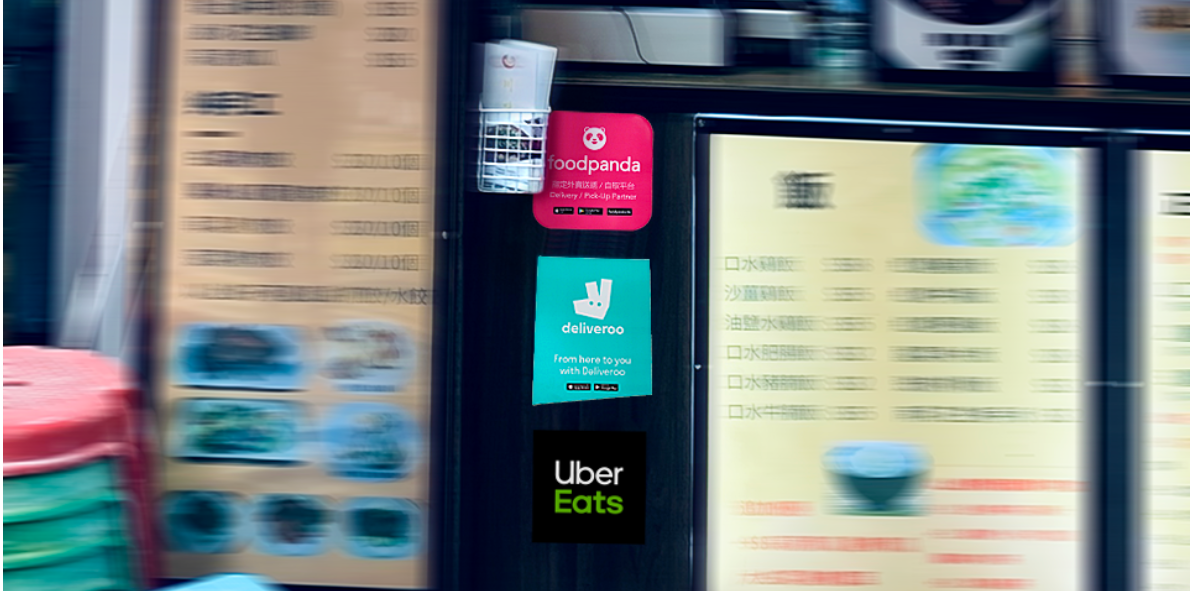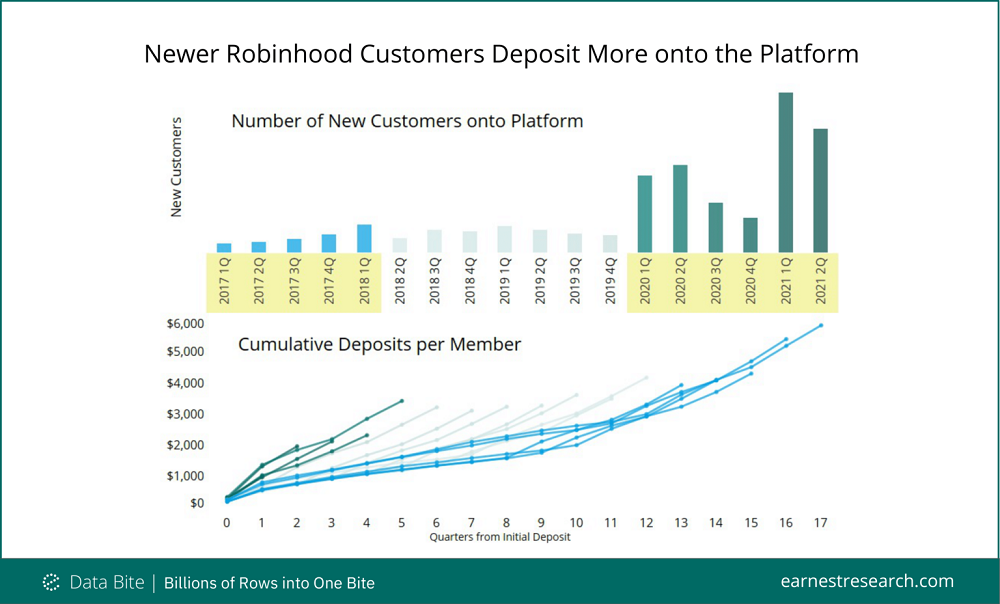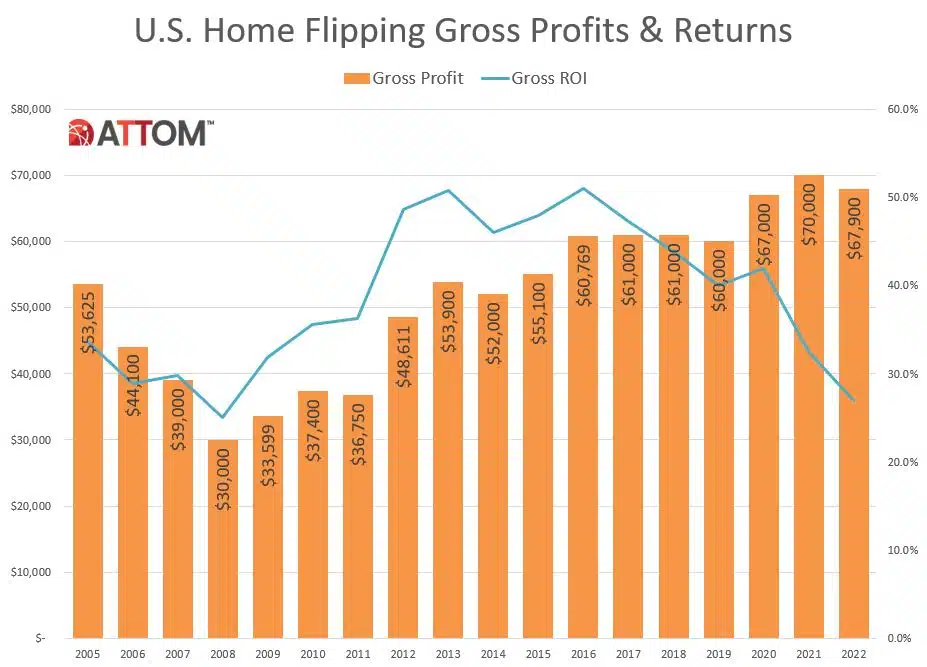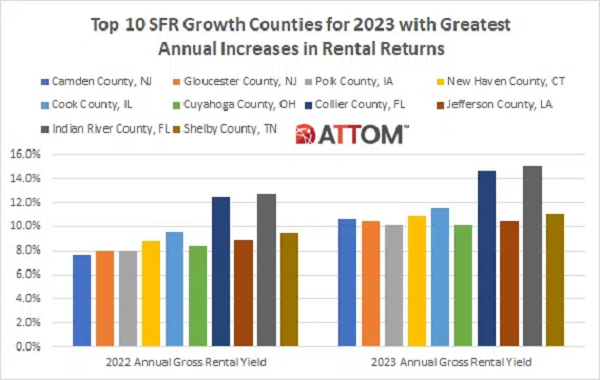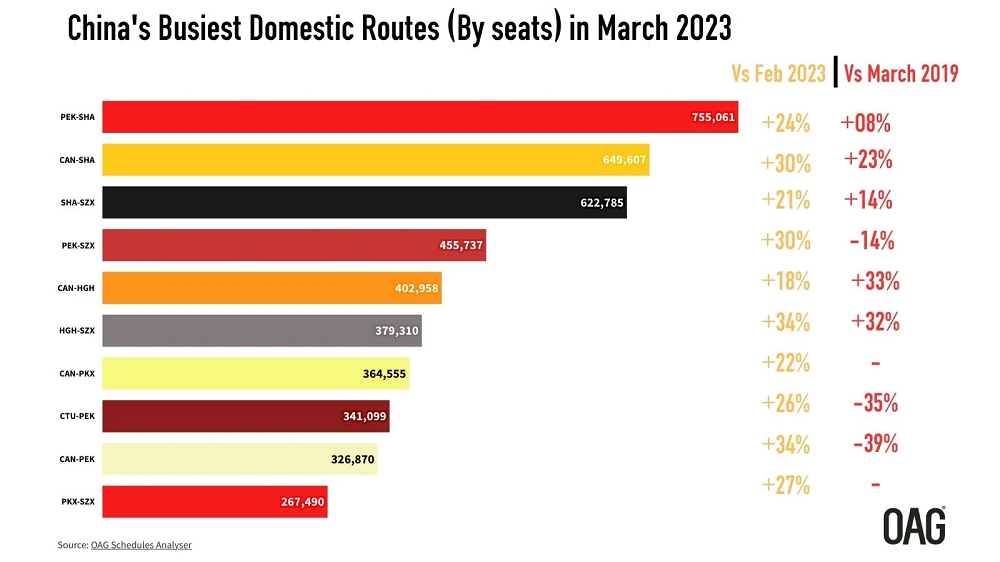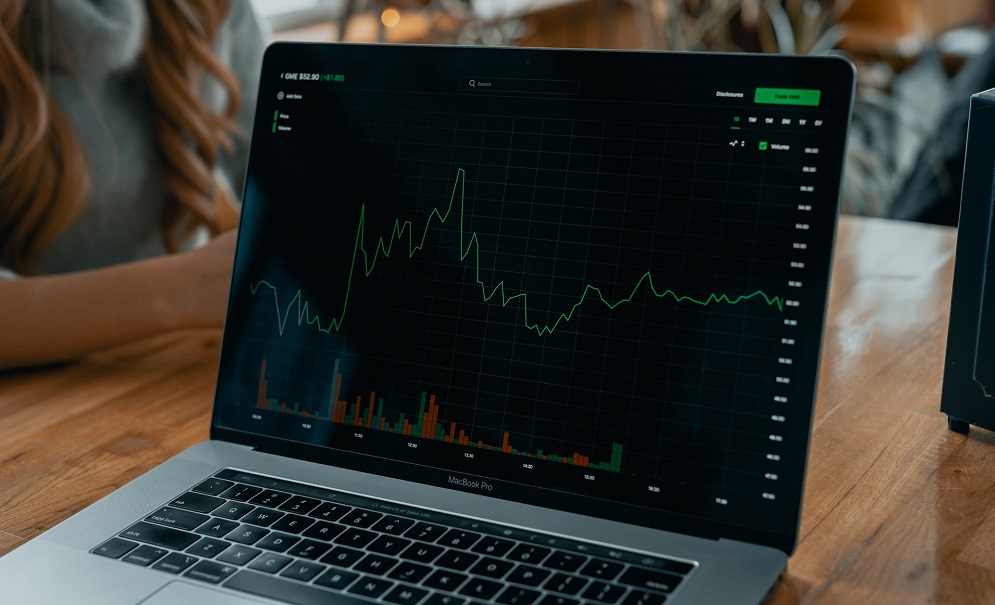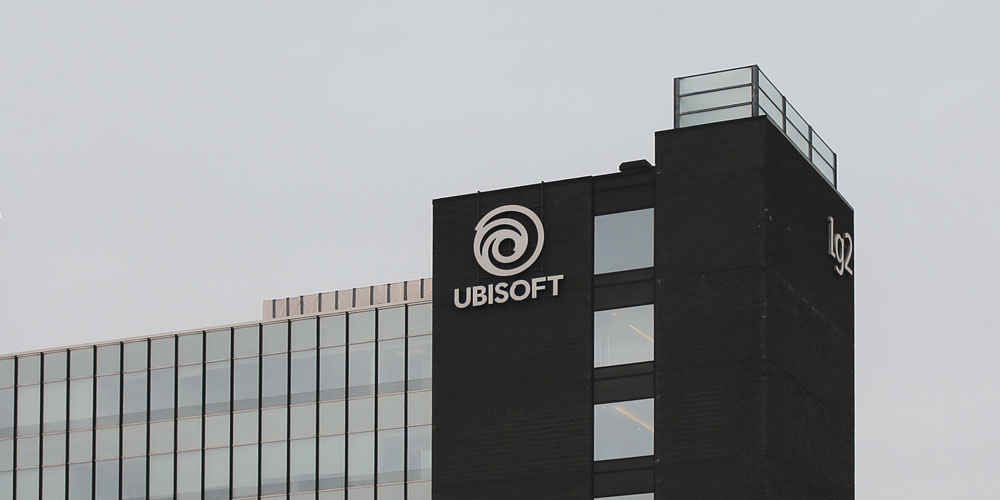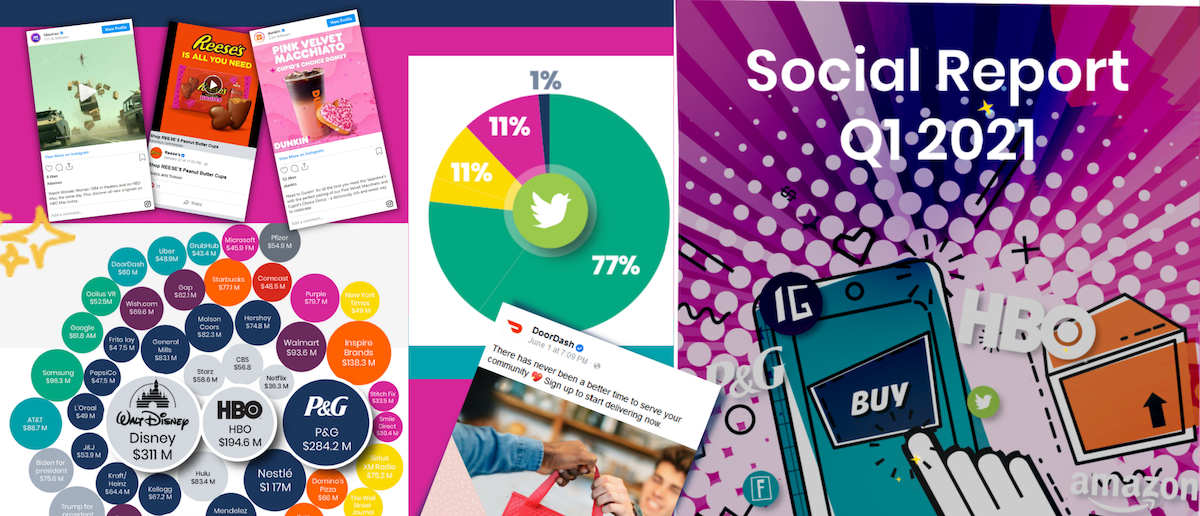Hotel performance growth appears to be on hold when compared with the solid gains seen during the spring break period. In a week-over-week comparison, U.S. hotel occupancy was flat during 18-24 April at 57.3%. On a total-room-inventory (TRI) basis, which includes temporarily closed hotels, occupancy was 54.4%. Weekly room demand increased slightly and remained above 21 million for a sixth consecutive week.
Lex Machina is proud to release its 2021 Securities Litigation Report, which examines securities litigation trends in federal district court. This report focuses on the three-year period from 2018 to 2020 and includes analysis of emerging trends, including cryptocurrency cases and the impact of COVID-19.
Many things changed in the manufacturing industry due to the pandemic: a push for new digital investments, new visions for how factories and back-offices could work, and perhaps more importantly, a realization of how important and vulnerable supply chains are in crises. “We are going to survive this pandemic. Manufacturing is going to come out of it stronger,” said Adam Aguzzi, vice president of manufacturing at consulting company Ceridian.
Pub-going has increased almost twice as quickly as it did after the first lockdown lifted in July 2020, with attendance surging in comparison to the equivalent days last year. However, while pubs are recovering almost twice as fast than they did previously, Huq’s high-frequency footfall data reveals there is still a long way to go.
Returning retail normalcy is driving visits up across sectors, but there may not be a brand better positioned to enjoy the unique post-COVID environment than McDonald’s. The brand is seeing visits bounce back quickly. Comparing weekly visits to the chain in 2021 to the equivalent weeks in 2019 shows a clear marked recovery. Visits the weeks beginning March 29th, April 5th and April 12th were down just 10.5%, 7.1%, and 16.0% respectively. This is far better than January and February respectively when visits were down over 30% each week on average.
Hotel food and beverage operations have radically changed in the wake of the pandemic. From breakfast buffets to banquet dinners, service has drastically altered to keep guests safe and as stopgap against weaker demand. Several of the adjustments made due to immediate needs are likely to remain in place for the foreseeable future, according to some F&B authorities.
In this Placer Bytes we dove into the QSR and sit-down sectors to analyze Bloomin’ and Yum! Brands. In order to effectively analyze the true recovery of brands from both groups, we looked at month over month data from November 2020 to March 2021 in order to break down the wider trend of recovery. And both Yum! Brands and Boomin’ Brands are certainly on strong trajectories to a rebound. Visits for each restaurant in the Yum! Brands’s portfolio, including KFC, Pizza Hut and Taco Bell, saw month-over-month traffic rise in December before dipping in January and February. Yet, as states began to open up, visits skyrocketed in March, with KFC showing the most impressive growth at nearly 53%. The combination of improved weather and re-opening retail drove a clear and significant boost.
Retail trading has been booming during the pandemic, sending trading volumes to record highs as everyday investors joined in on the historic rally in equities. Momentum has been growing for several years, as the barriers to entry have fallen. App-based brokerages such as Robinhood and Webull have grown in popularity and made investing more accessible through commission-free trades and user-friendly interfaces. Transaction data reveals how trading deposits have grown in the COVID-19 era, as well as how app-based brokerages have performed compared to more established industry competitors.
Poshmark has been making its mark on luxury retail by providing a popular marketplace for both reselling goods and listing new items. With the company newly launched as part of our CE Web data to complement our existing CE Transact offering, in today’s Insight Flash we dig into trends vs. the larger consignment space, how the company has performed vs. its largest competitors, and what average selling price looks like by department.
Shortly before shelter-in-place orders went into effect in March 2020, many retailers experienced the mad dash of customers stockpiling toilet paper. As supply ran out in brick-and-mortar stores, some consumers turned to DTC companies—such as Who Gives a Crap and Tushy—that offer bathroom products. Who Gives a Crap sells bamboo and recycled toilet paper as well as tissues, while Tushy sells bidets, bamboo toilet paper, and other bathroom accessories. Both of these DTC toilet paper companies saw strong growth in March and April of 2020. New consumer spending data reveals how Tushy and Who Gives A Crap have fared in the year since the initial panic-buying phenomenon.
2021 offers a promising year for video game publishers following last year’s releases of the new PlayStation 5 and Xbox Series X, as well as highly anticipated games like Animal Crossing: New Horizons and Immortals: Fenyx Rising. Our previous gaming research demonstrated how demand and online sales of video games increased amid the pandemic as people settled into life indoors and sought entertainment. To see how sales among console and PC game publishers are trending, Edison Trends analyzed over 1.5 million transactions.
In the last year, online spending on gaming subscriptions grew 91% at Nintendo Switch Online and 16% at Sony's Playstation Plus and Playstation Now combined. Spending on Microsoft's Xbox Live and Game Pass has fallen in the last year. The PlayStation Store led in total online consumer spend on console and PC video game products. Xbox Live and the Microsoft Store combined saw 81%, Nintendo Store 35%, and Steam 32% of the online consumer spend that PlayStation Store earned in the last year. GameStop saw the highest growth in online spend with a 128% increase in February 2021 vs February 2020. Steam and the Nintendo store followed, each with 109%.
Luxury names have seen strong growth in the US as stimulus checks have gone towards splurge purchases like handbags. At the same time, new lockdowns and minimal tourism have put a strain on their European businesses. And while European retailers like LVMH have reported strong results, how will US-based companies like Tapestry fare? Today’s Insight Flash takes advantage of strong correlations in our CE Transact data for Tapestry DTC sales in both the US and UK to examine trends across its brand portfolio in both countries, including spend by brand and average ticket differences.
As we Tweet and ‘gram our way into another year, social advertising remains a top focus for brands. In fact, top advertisers across verticals spending an average of 60-70% of digital budgets on social channels. But after a year fraught with a pandemic, a presidential election, and continued conversations of racial and social injustice, advertisers have been faced with a choice to join the conversation, or stay silent.
Athleisure -- the fastest growing apparel category of the past decade -- has drawn the attention of both incumbent retailers and new entrants. Within this niche, Lululemon stands out as a leader with its loyal customer base and premium lines. The innovative DTC retailer, which sells through both online and brick-and-mortar stores, sets an example for others. Using Viscacha Data’s granular inventory & sales statistics, we analyze how consumers respond to Lululemon’s pricing and product strategy over the winter-spring transition to inform future strategy. First, we analyze the promotional mix at Lululemon, both frequency of promotions and magnitude of discount by product category and gender. Over the last two months, Lululemon has steadily reduced the total proportion of products on sale, from around 40 percent in early February to roughly 25 percent by the end of March.
In this Placer Bytes, we dive into recent announcements from Best Buy, Dick’s Sporting Goods, and Nike. All three are launching new initiatives aimed at leveraging their strength in the current retail environment to drive long-term benefits. Best Buy recently announced a new annual membership to its Geek Squad service, Dick’s is testing new experiential components in stores and Nike is cutting more wholesale partnerships. All of these share a common trait – they are pushed by top-performing retailers to leverage a unique level of short-term strength to drive long-term benefits.
Speedtest Global Index™ Market Analyses from Ookla® identify key data about internet performance in countries across the world. This quarter we’ve provided updated analyses for 21 markets about top mobile and fixed broadband providers as well as device and chipset manufacturers and some city-level data. Scroll through the article to learn about all 21 markets.
When U.S. cities and states faced shelter-in-place orders to limit the spread of the coronavirus, Americans’ reduced mobility resulted in plummeting sales at rideshare companies. With the exception of a late 2020 dip, sales have been gradually recovering since April 2020. However, Uber sales were still down 21 percent year-over-year and Lyft sales were down 19 percent year-over-year as of March 2021.
When many Americans sheltered in their homes early in the coronavirus pandemic, meal delivery sales reached new heights. Our data reveals that in March 2021, sales for meal delivery services grew 116 percent year-over-year, collectively. Shelter-in-place orders may also be driving more Americans to make their first meal delivery purchase. In March 2021, 47 percent of U.S. consumers had ever ordered from one of the services in our analysis, up from 38 percent a year ago.
The video game space has evolved massively from the original Pong release to consumer. As gaming has moved online, new models have emerged to capture consumer leisure time and dollars. Roblox has been able to capitalize on one of the newest trends, user-generated content. But is the company just riding an industry wave? In today’s Insight Flash, we combine our US and UK Transact data with our newly-launched Roblox CE Web data to examine the company’s prospects.
